DO YOU KNOW WHERE YOUR FOREST IS?
The wisdom of Council
| If you have ever sat in a Council, you may have experienced something larger than yourself address the issues you care about. What I mean by a Council here is a traditional, and modern form of self governance of the indigenous societies. Jack Zimmerman and Virginia Coyle describe the way of the Council here through their years of experience of sitting with and learning from such circles. They say: The underlying intention of Council moves us towards a partnership model for action, rather than one based on the hierarchy of dominance. It helps a group to build a state of interactive meditation in which sensitivity, patience and spontaneous compassion are encouraged. In Council we learn how to release the personal sense of having to “do it all,” without abdicating our individual responsibility or power to initiate. This sense of interdependence can extend beyond time and familiar environment to include other cultures and even other species. A diverse group can become a microcosm of larger ecosystems made up of animals, plants and landscapes. We come to see each person in the circle as representing another culture or species, intrinsically valuable for his or her unique presence. When this occurs, we glimpse our humanity, no matter how important, as part of a larger organism and so realize a profound sense of connectedness with other forms of life. An Ensouled Glass Speaking for | introduction to council |
Zimmerman and Coyle explain some more about the nature of Council :
The principle of interdependence is further supported by the quality of leadership that emerges in Council. The long prevalent dominator model of hierarchical authority tends to be replaced by a strong commitment to partnership, analogous to that practiced in certain traditional earth-cherishing cultures.
As in the ancient circles of elders (and perhaps in the mystery schools as well), each Council member comes to know they bring a piece of the truth to the circle - essential in itself, but only a part of the whole. The passion of our personal vision is shared without attachment and then our position is released to the larger truth of the circle. When Council is working, we all experience this truth without any threat to personal identity and without the “tyranny of the collective.” Everyone recognizes what’s really happening and sees the path to “right action,” often more or less at the same time, and usually accompanied by the special joy inherent in the co-visioning process.
Simply put, the essence of Council lies in direct participation with our cohorts in the realization of (the circle’s) wholeness. The interdependence among members of the Council then becomes a deeply felt reality that frees us from the bondage of self-absorption and opens the door to spirited co-creation.
More About Forest Councils
The ensouled glass pieces I have made for Forest Councils are seeds of intention. What if we reached a stage to step up in our care and presence to form Indigenous Councils to include both human and non-human (nature beings) participation to collaborate and co-create a healing movement for our forests, rivers, mountains, oceans? How could our Councils look like, and feel like? The ensouled glass pieces tell a visual story of how our Forest Councils could look like when we include all the relevant partners, of all colours, forms and shape to sit in a circle with a common purpose : to heal our environment, our relationships, our history, and our own hearts.






















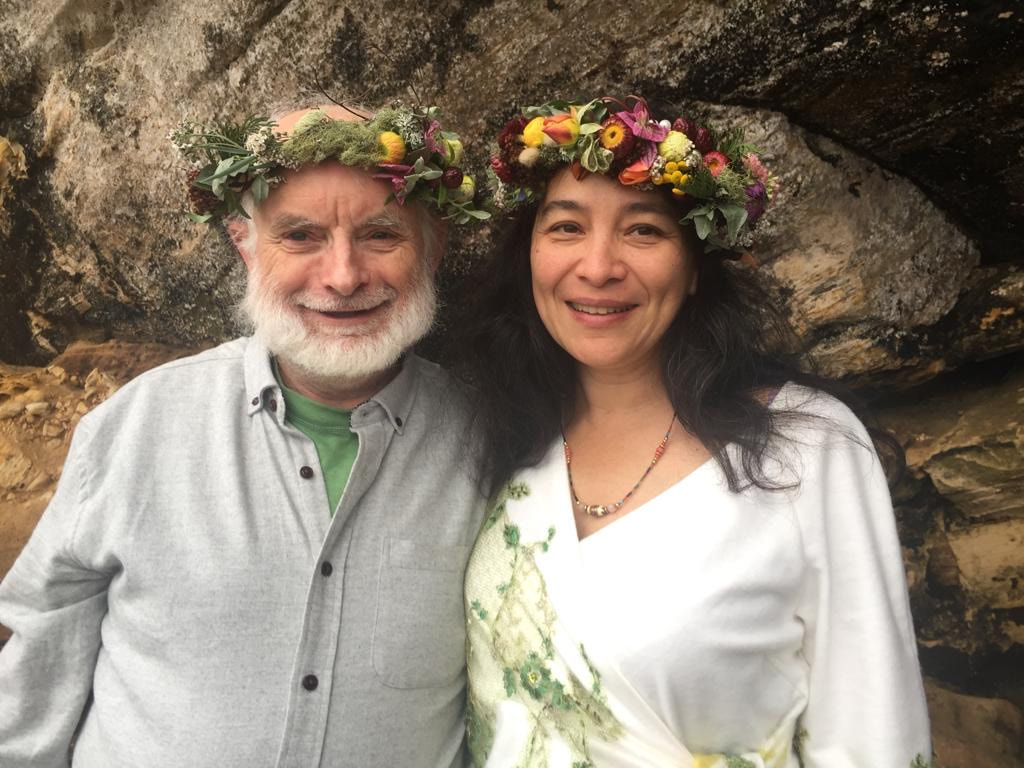
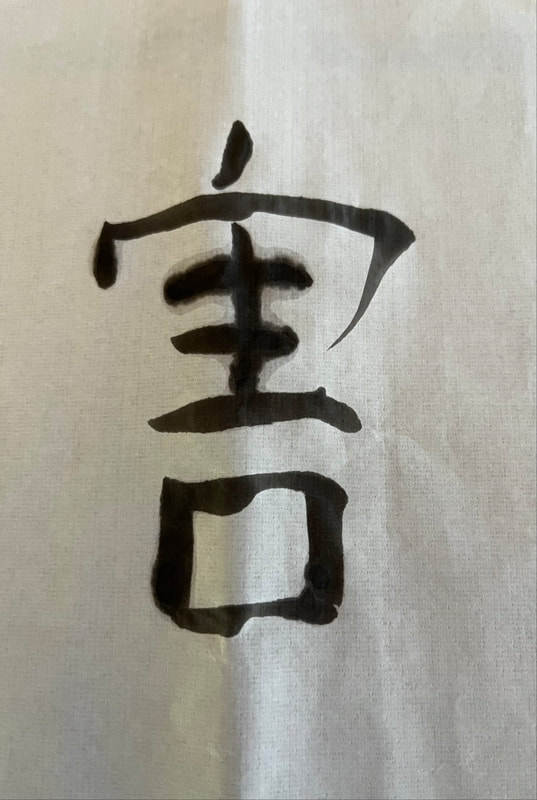









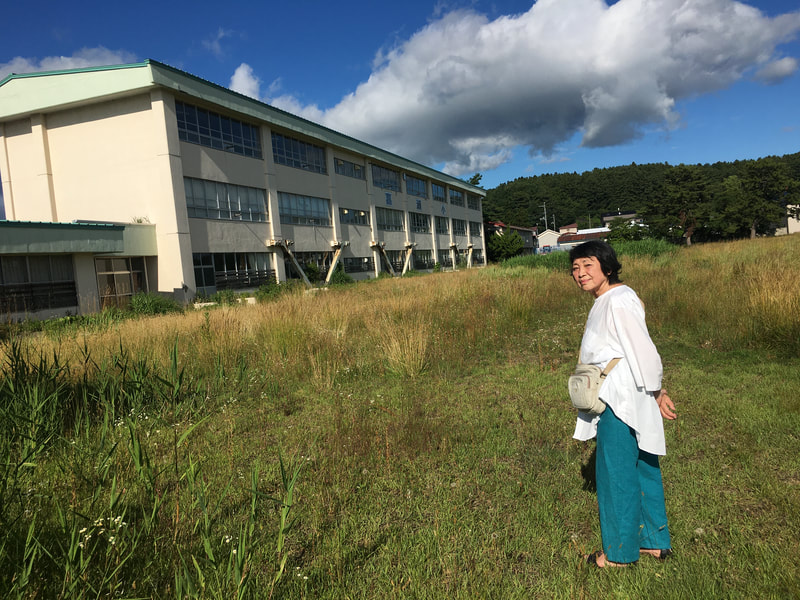
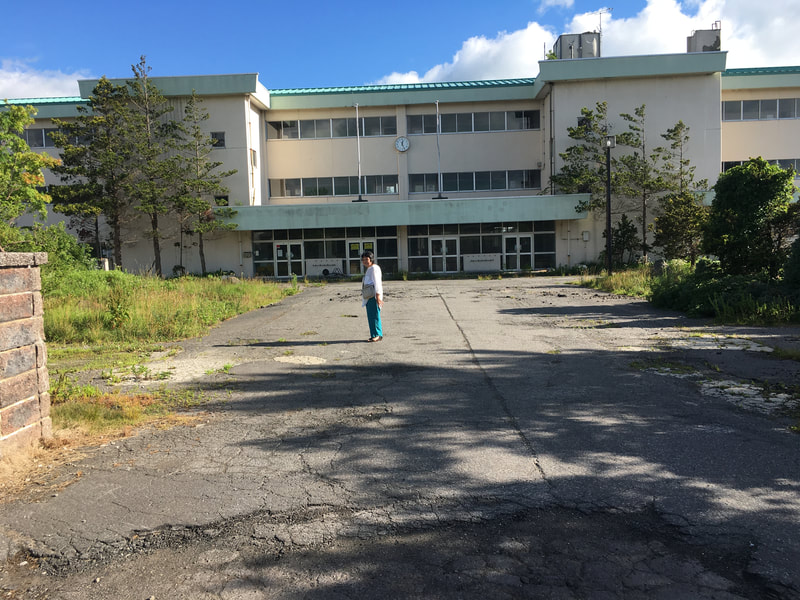
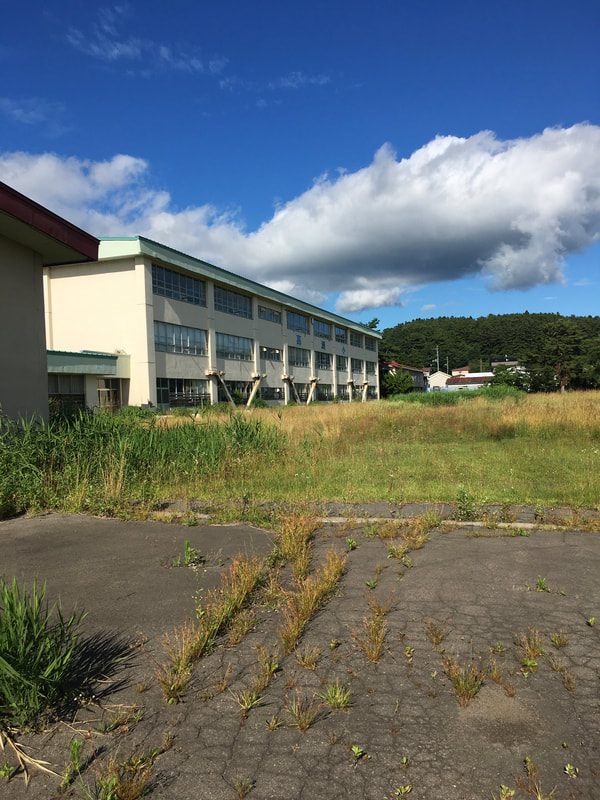
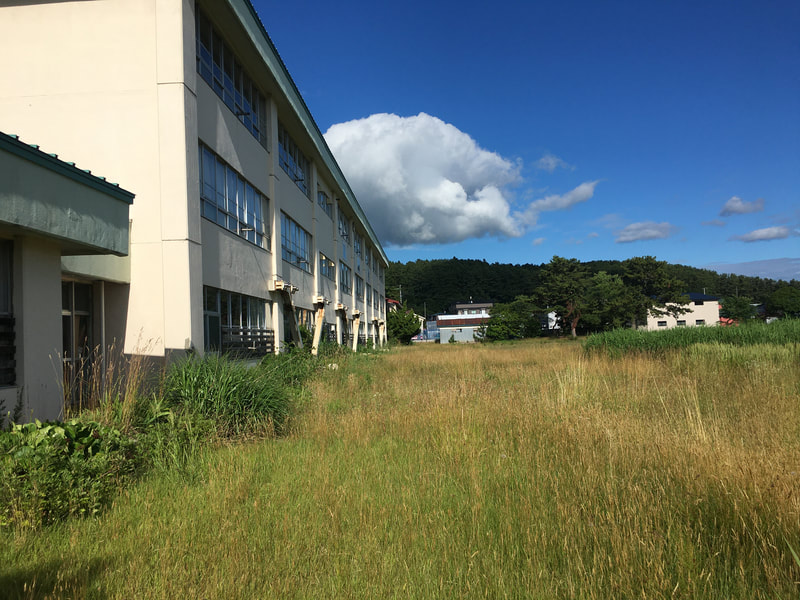
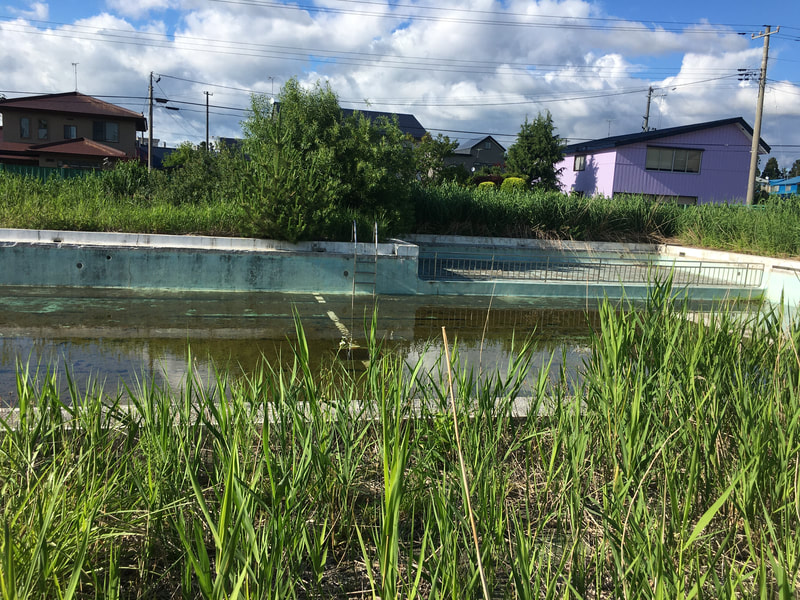
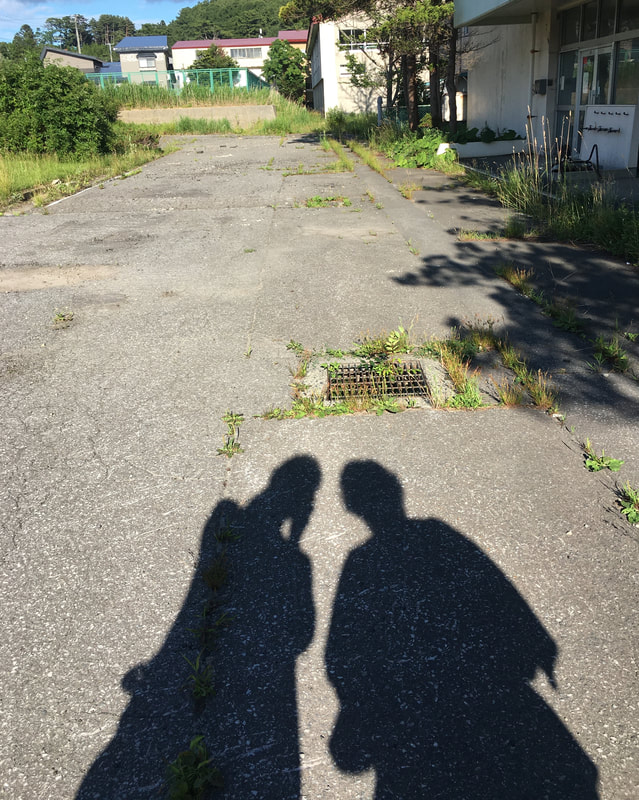
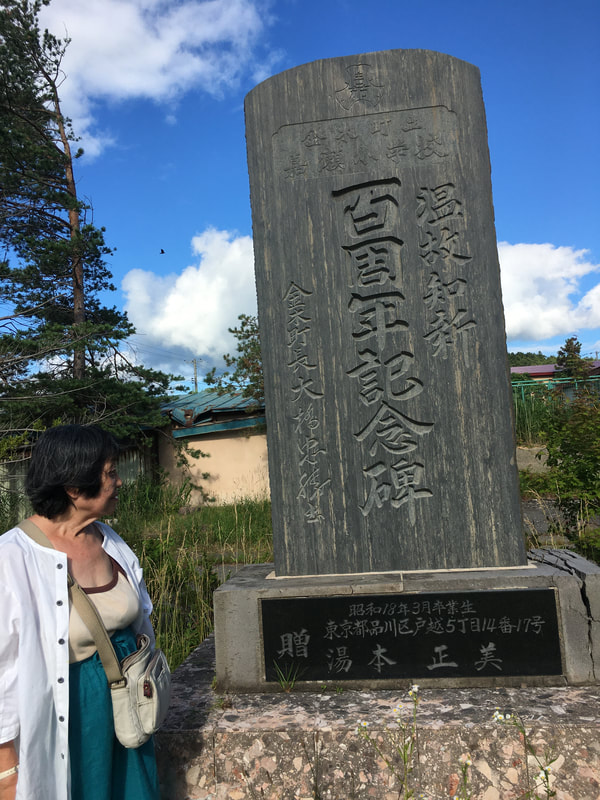
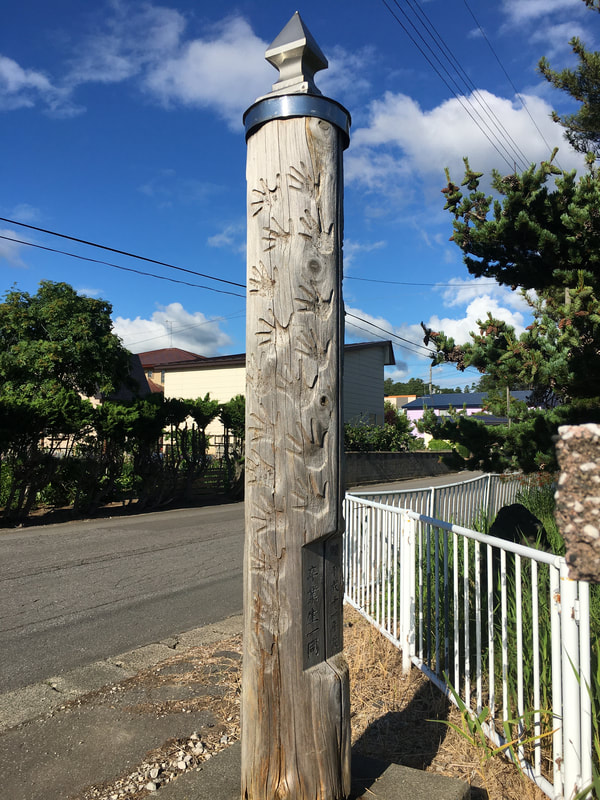
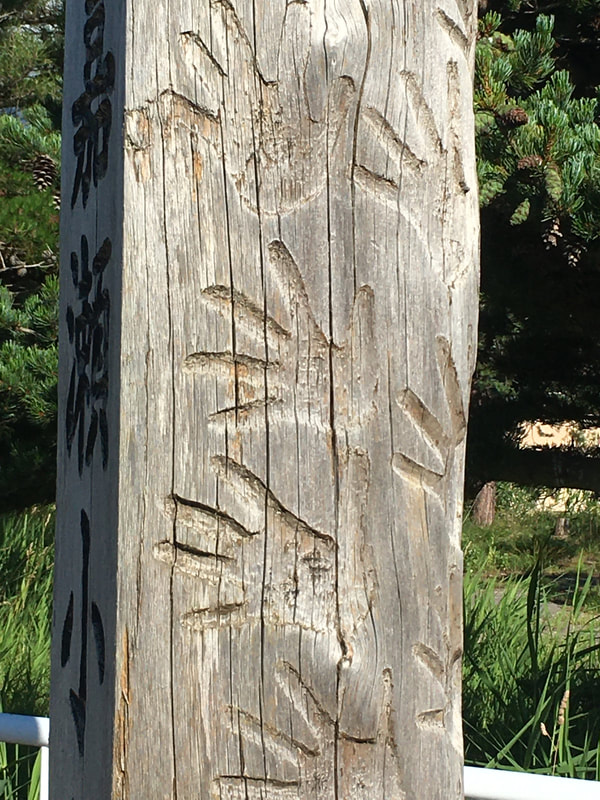
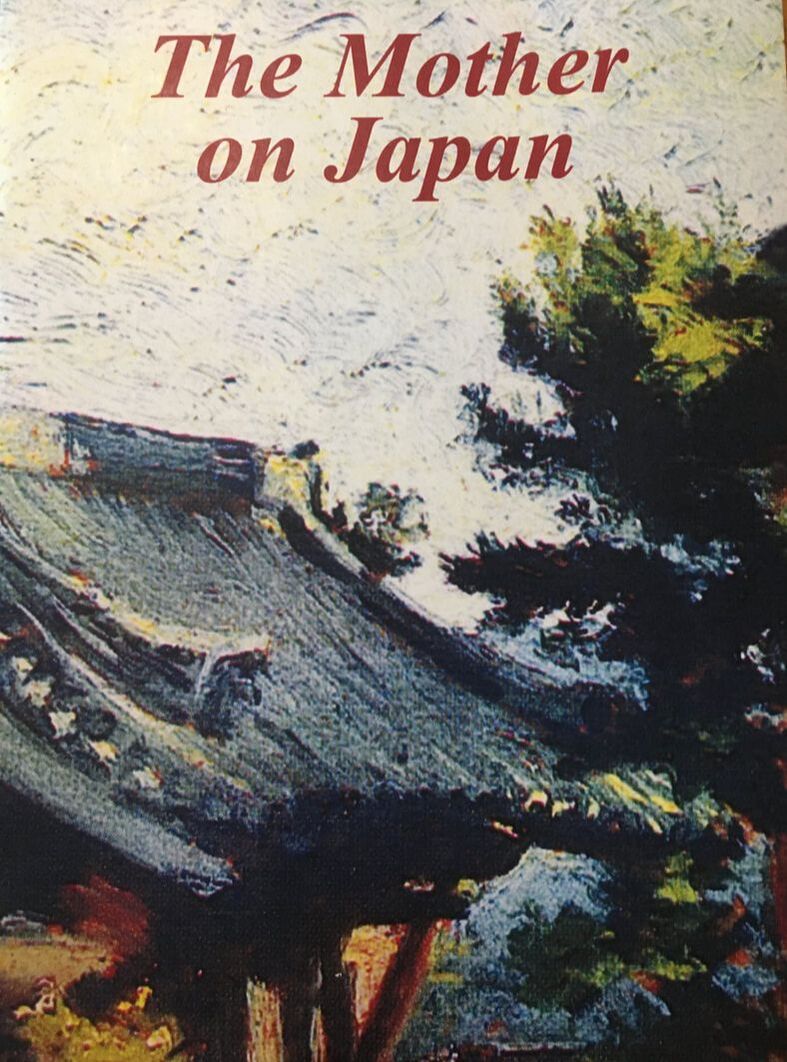
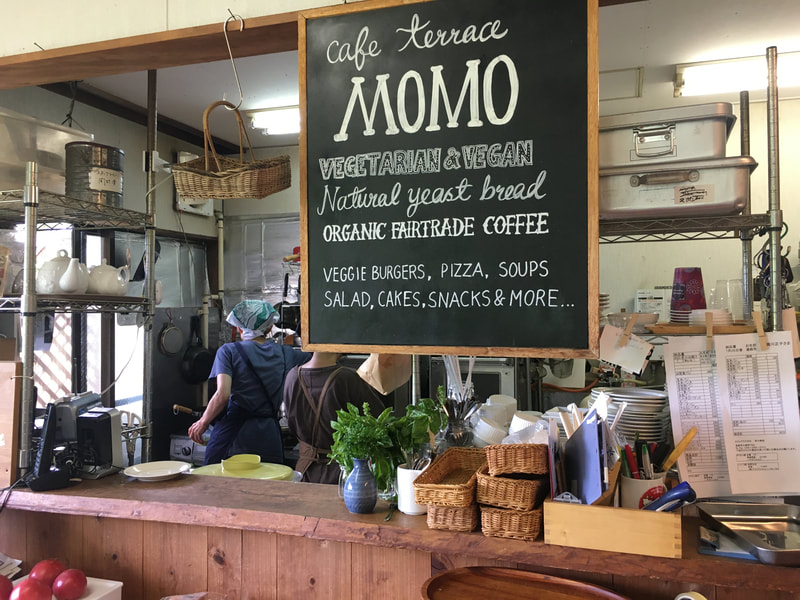
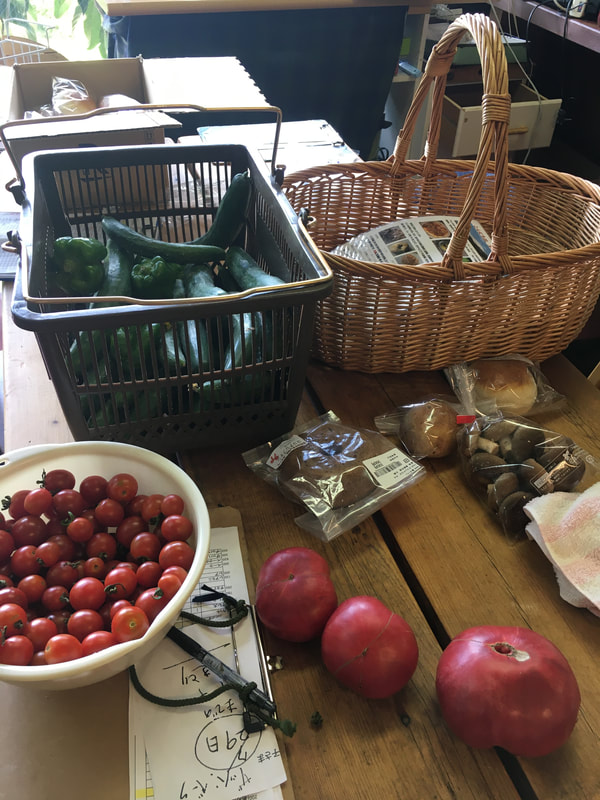
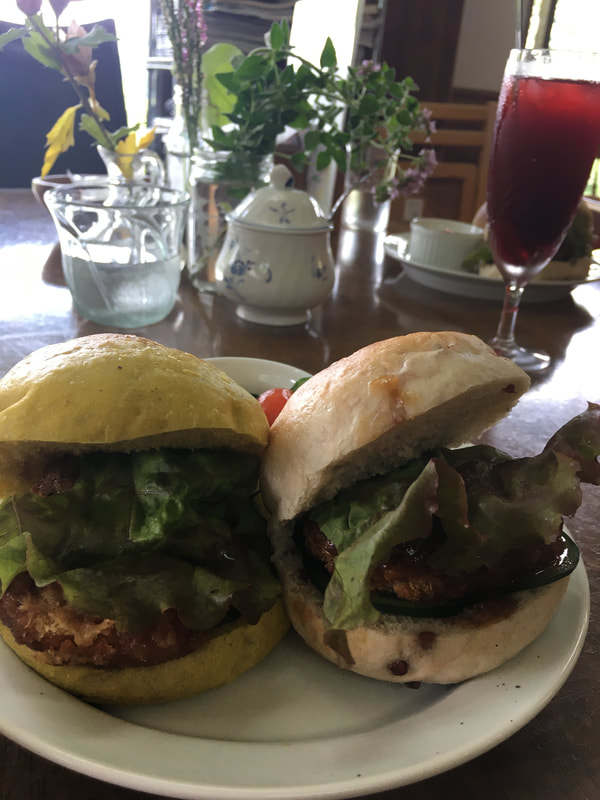
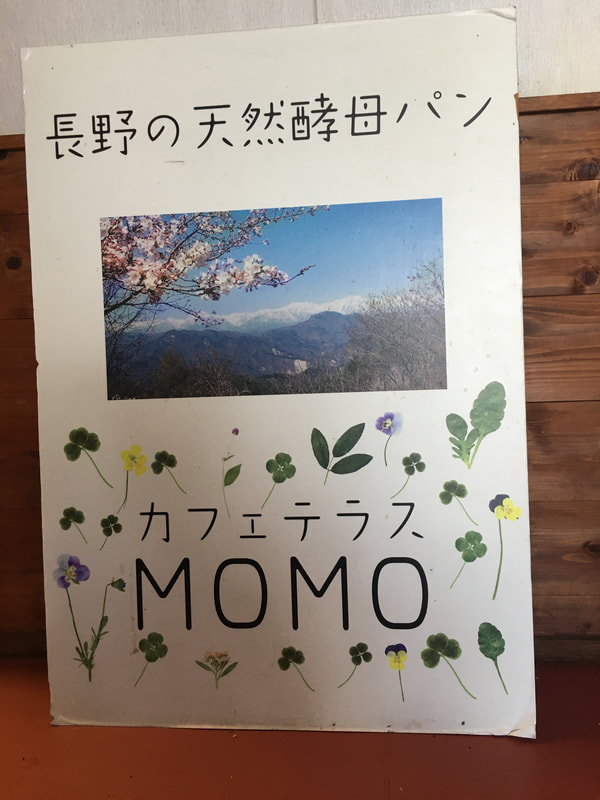
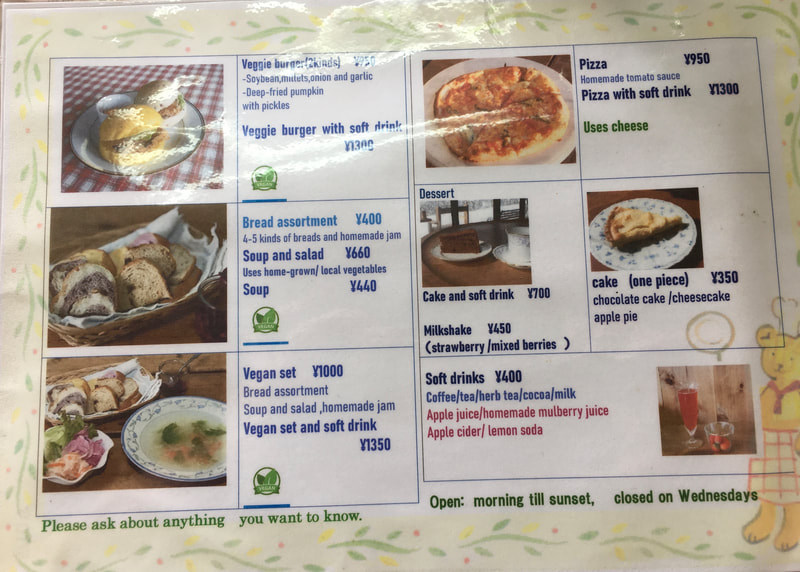
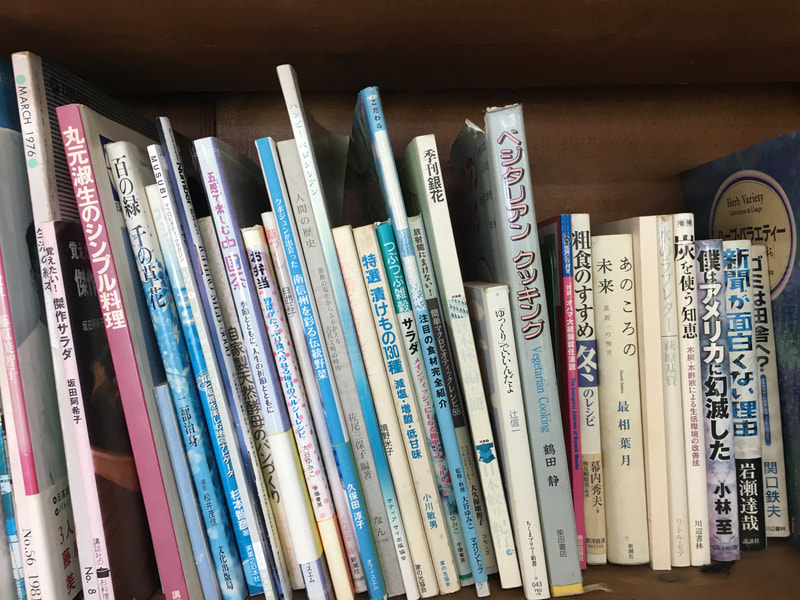
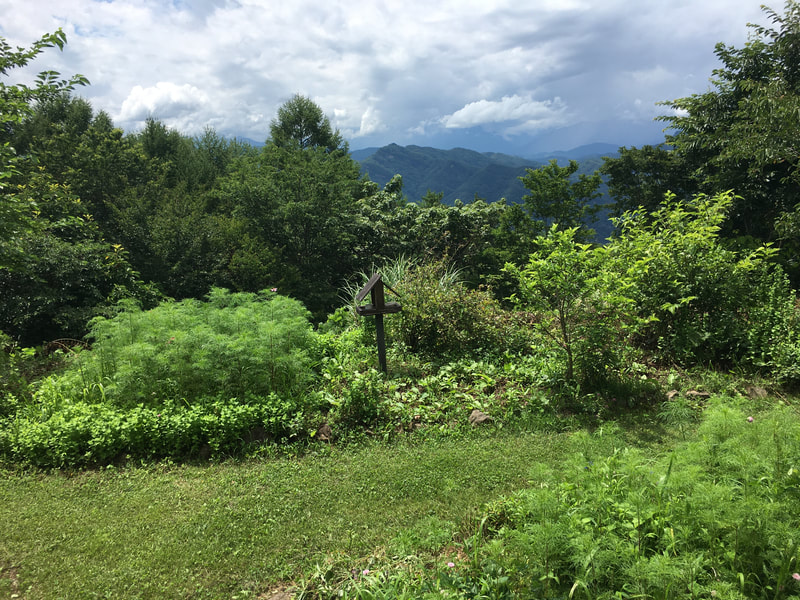
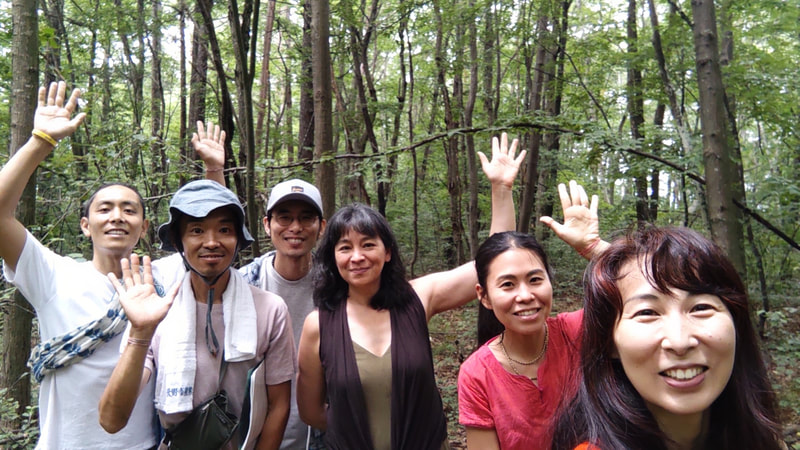
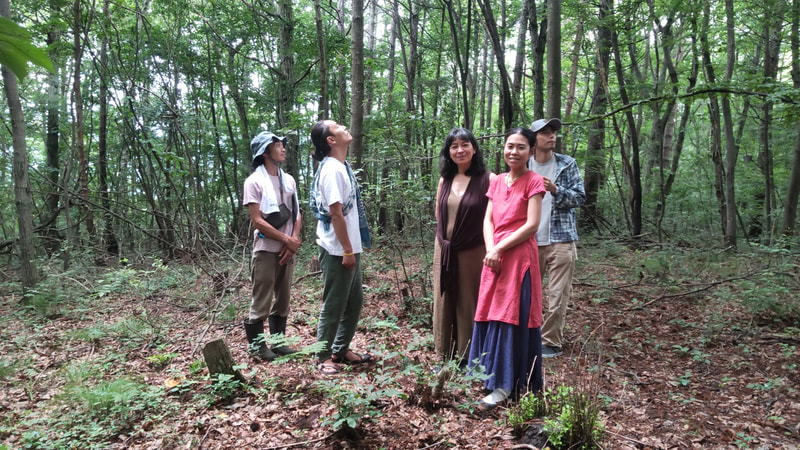
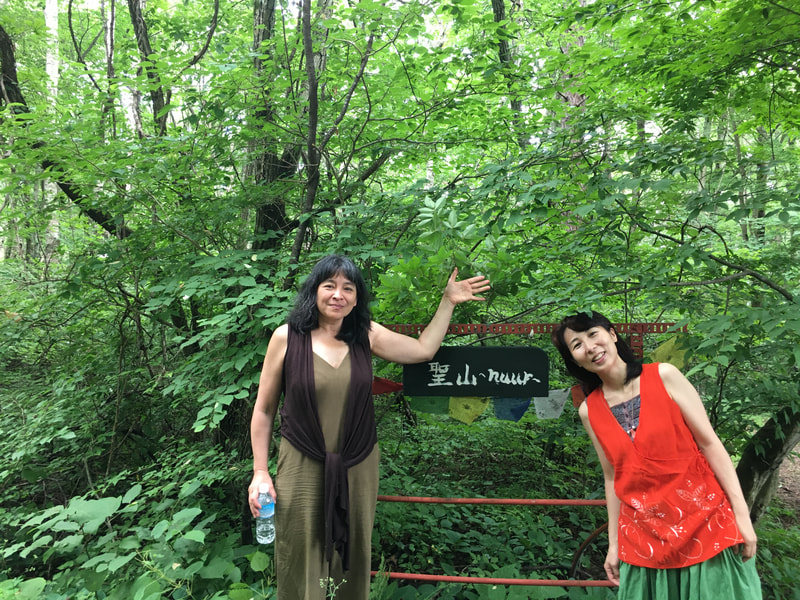
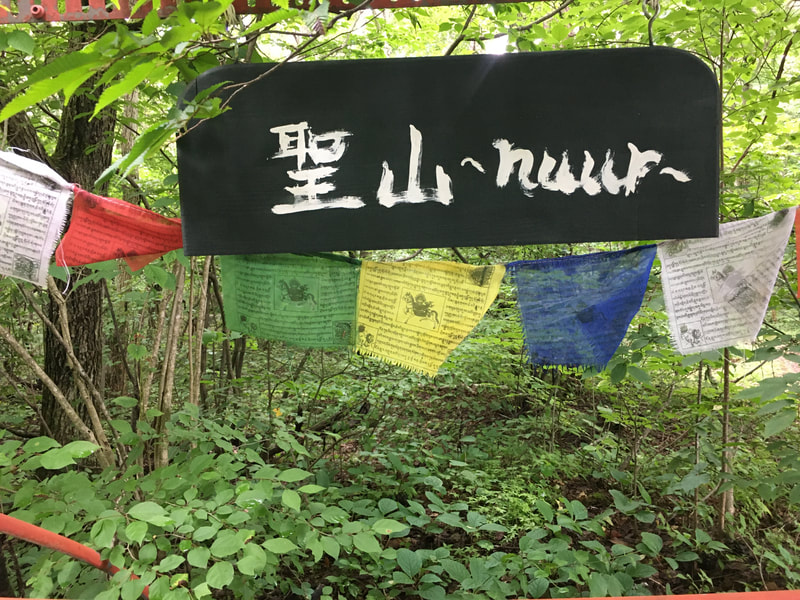
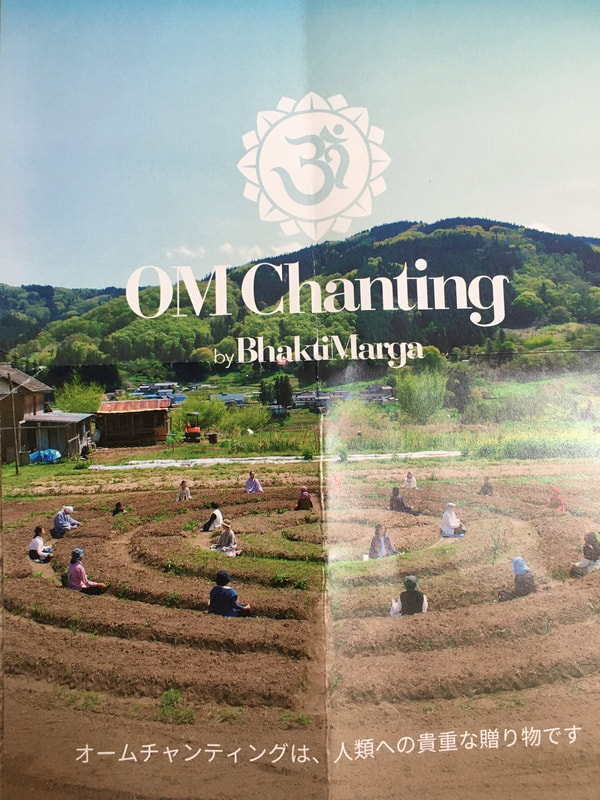
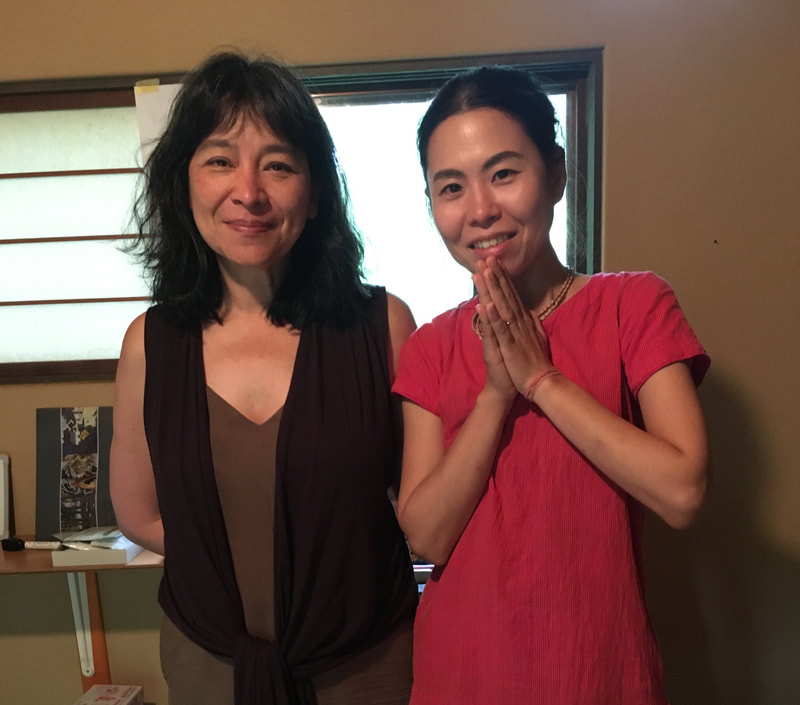
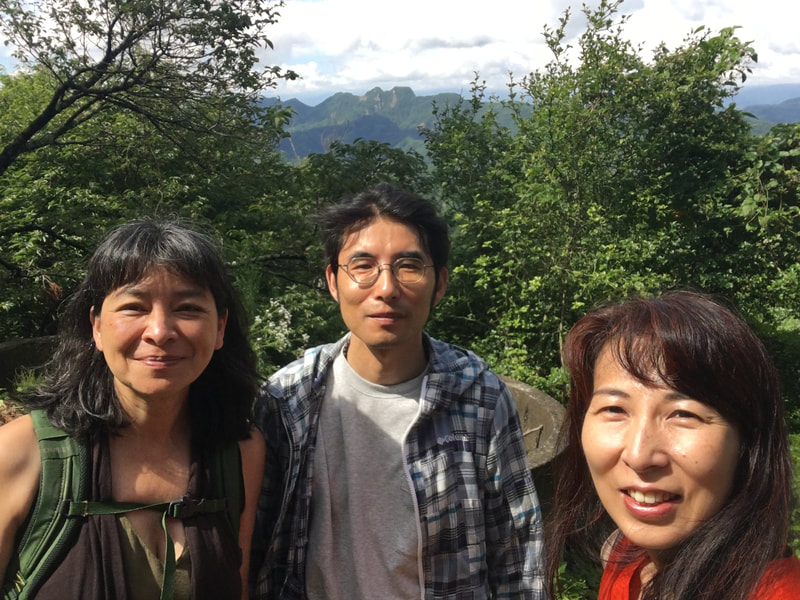
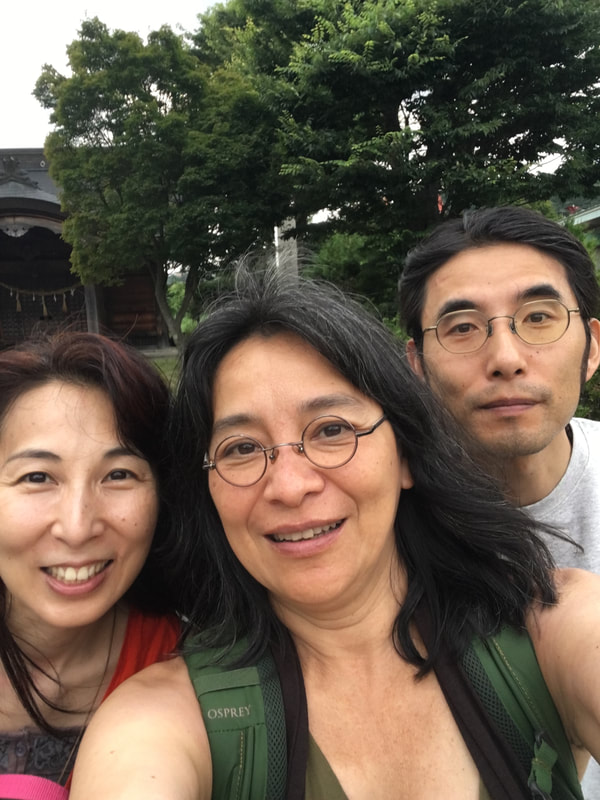
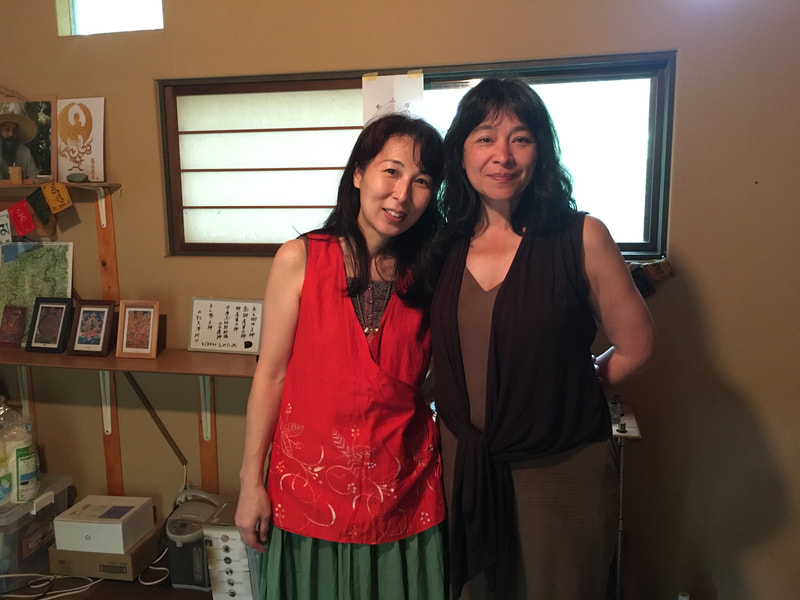
 RSS Feed
RSS Feed